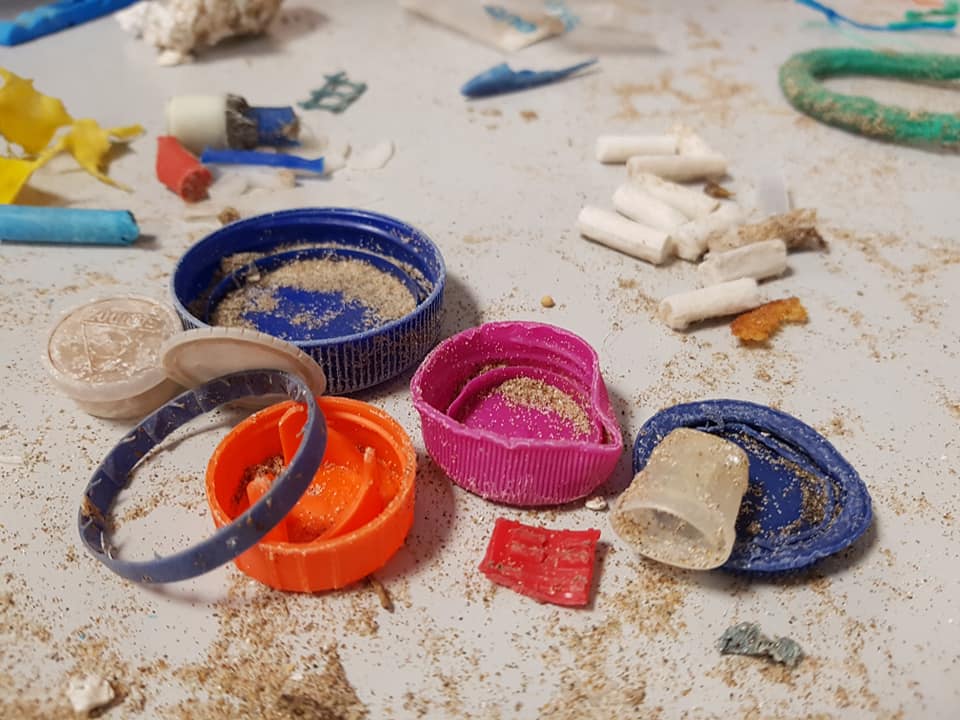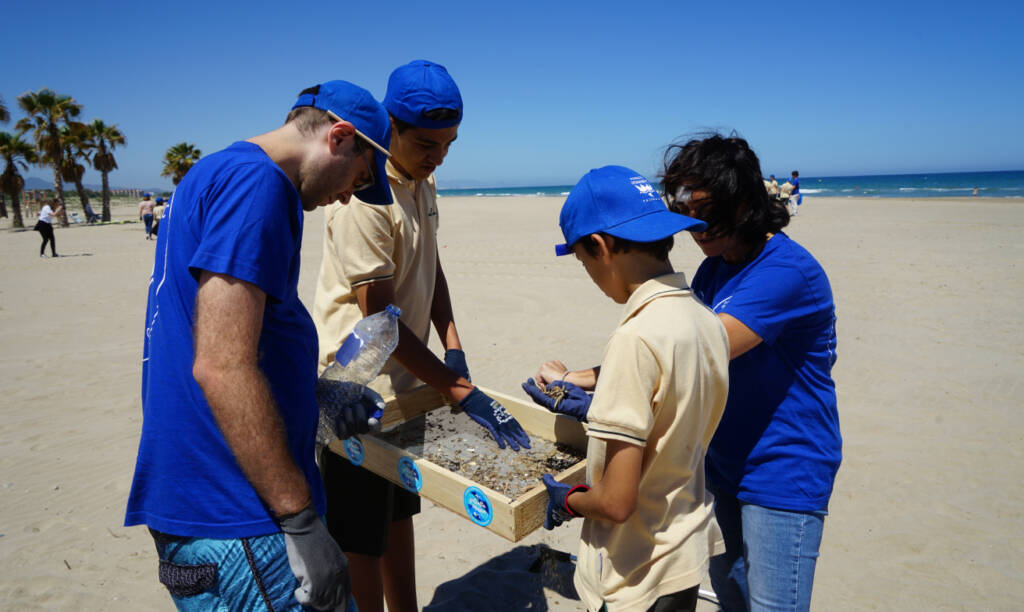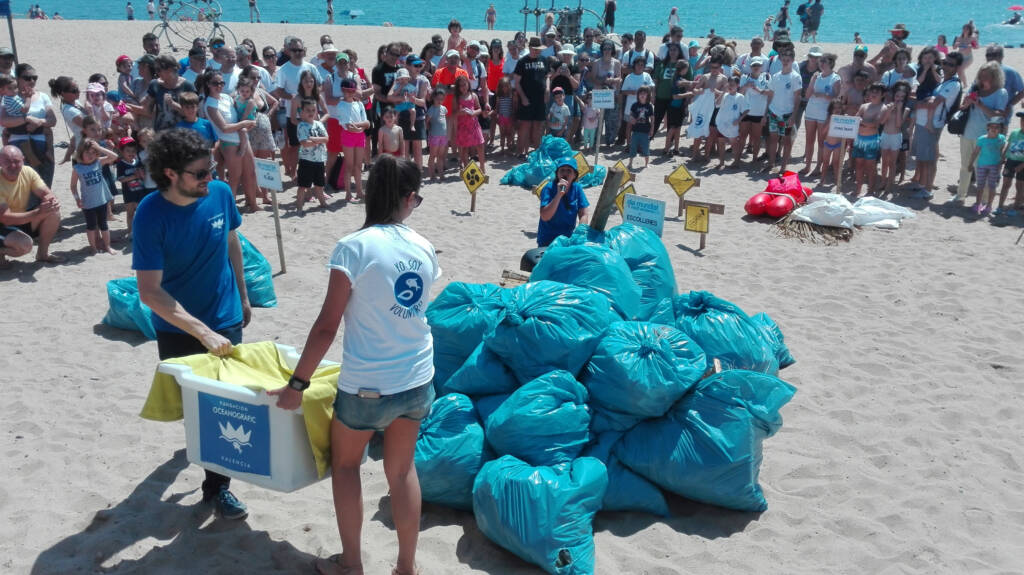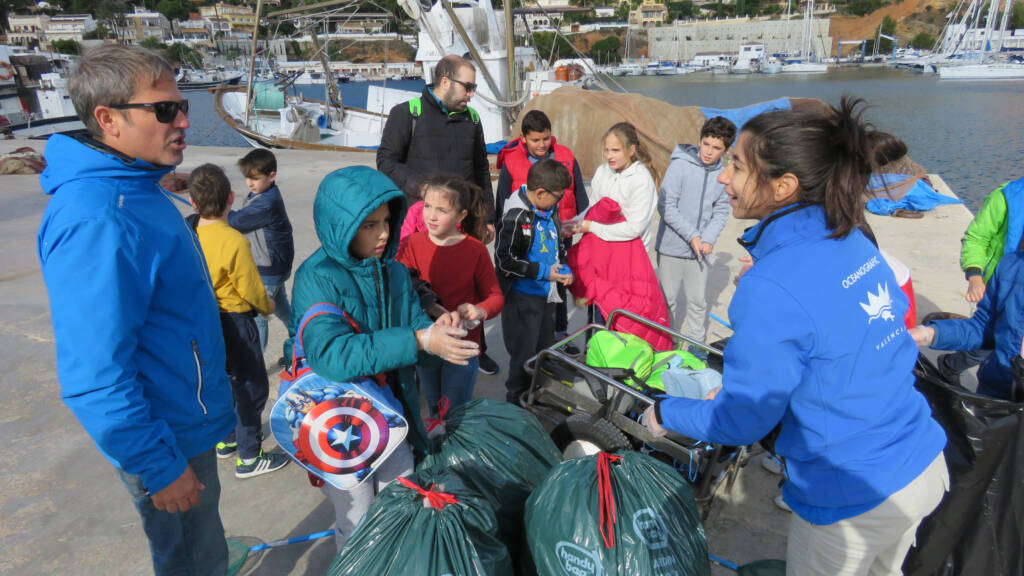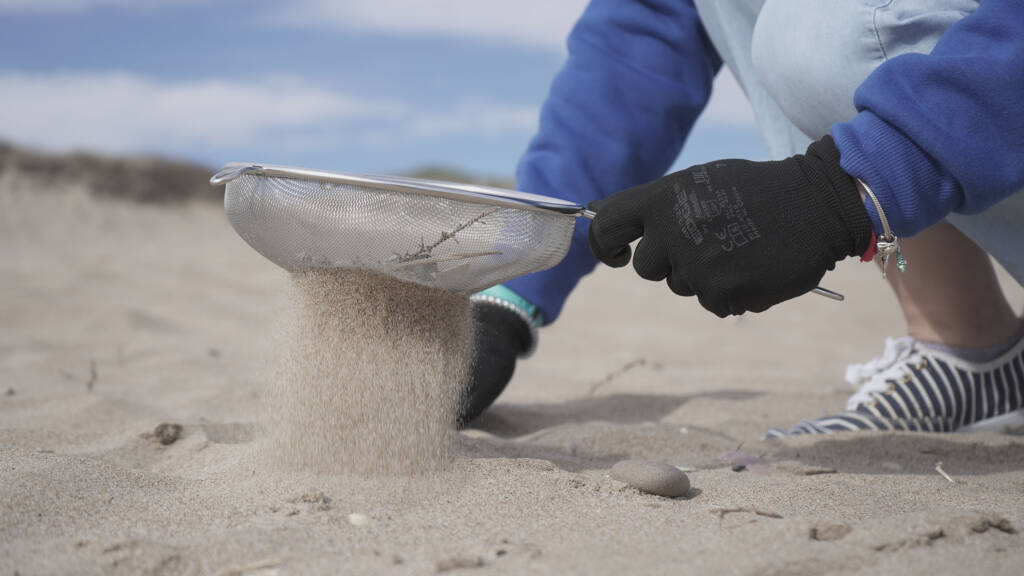Marine litter consists of items produced by humans that have been discarded, deposited, or abandoned in marine and/or coastal environments, including materials that have been transported to the sea through various means such as rivers, runoff, sewage, or wind.
Its origin can be very varied: terrestrial, produced on land and transported to the oceans, such as waste from tourists and other residues that arrive through pipes; or of marine origin, directly discharged into the marine environment from fishing or recreational vessels, or even waste from oil platforms.
Each year, about 10 million tons of waste reach our beaches, mainly packaging such as beverage bottles and single-use bags. This seriously affects biodiversity, populations, and ecosystems.
More than one million seabirds and 100,000 marine mammals and turtles die each year from ingestion or entanglement. Marine litter not only affects ecosystems and biodiversity, but also poses an impact on human health due to the toxic substances released by the waste or the problems derived from its accumulation in the food chain, in which humans are at the top.
As evidence of this problem, different human tissues have already been contaminated by microplastics: the heart, placenta, and muscles are just an example of the health problem that is to come if we do nothing to stop it.
It is estimated that 80% of marine pollution originates on land, and 20% comes from direct discharges into the sea.

